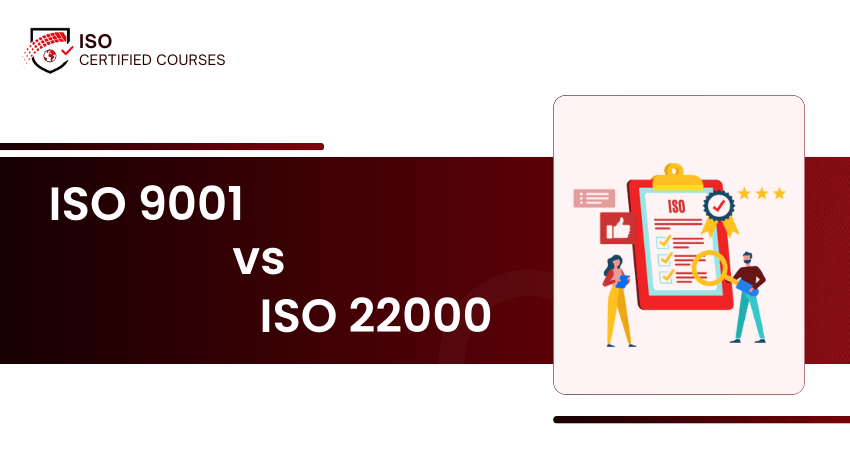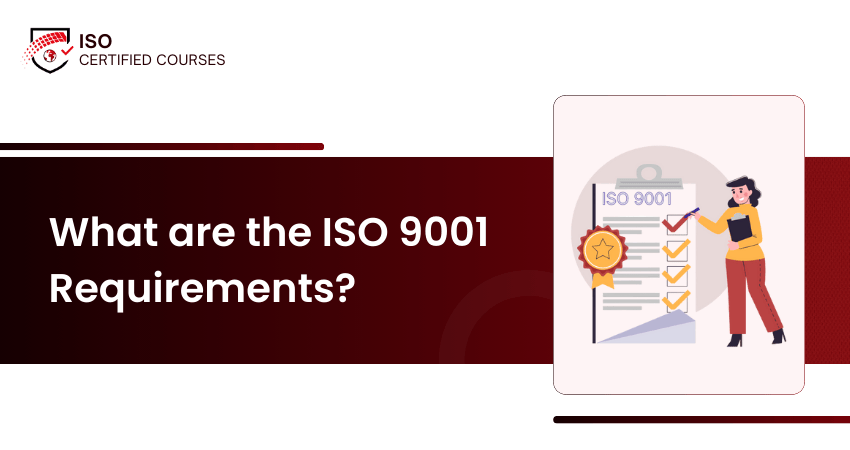What Is ISO 13485 Training Courses ?
Gain specialised expertise in medical device quality with our ISO 13485 Training Courses. Designed for healthcare and manufacturing professionals, this training ensures compliance with global standards and helps improve product safety, traceability, and regulatory performance.
Countries
Locations Worldwide
Years of Expertise
Certified Trainers
Where is ISO 13485 Applied in Real-world Industries?
Medical Device Manufacturing: Ensure quality and compliance in production processes
Pharmaceuticals: Support regulatory standards in device-drug combination products
Healthcare Suppliers: Improve traceability and documentation in equipment delivery
Biotech: Manage quality and safety for innovative diagnostic and therapeutic tools
Browse Our Courses
The Benefits of ISO 13485 Training Courses

65% improvement in product quality
Gain the skills to implement and maintain robust quality management systems tailored for medical devices.

60% reduction in compliance issues
Learn how to meet global regulatory requirements, reducing the risk of costly recalls and legal penalties.

55% faster time-to-market for new products
Streamline documentation, validation, and design controls to accelerate development and approvals.

50% increase in audit readiness
Build confidence during inspections by establishing traceable, standardised, and well-documented processes.

45% fewer customer complaints reported
Master risk management and corrective actions to improve device safety, reliability, and user satisfaction.

70% of professionals report higher industry recognition
Enhance your credibility in a highly regulated sector and open doors to advanced roles in quality and compliance.
Our ISO Training, Your Format
Choose the training format that fits your team’s goals, schedule, and preferred learning style. Our ISO Certified Courses are designed to deliver consistent, high-quality learning, anytime, anywhere.
Classroom Training
Online Instructor-Led Training
Online Self-Paced Training
Discover Your Ideal ISO Learning Path and Build a Standards-driven Future
Proven ROI: Why ISO Standards Matter
67% of organisations implementing Quality Management Systems report significant savings.
24/7 Learning Assistance

Served 10K+ Global Learners
Frequently Asked Questions
What is the main purpose of ISO 13485 Course?
ISO 13485 Training ensures medical devices consistently meet customer and regulatory requirements. It helps organisations implement a robust Quality Management System, improve product safety, reduce risk, and demonstrate global compliance throughout the device development and manufacturing lifecycle.
Who should take the ISO 13485 Training?
This training is ideal for Quality Managers, Regulatory Professionals, Auditors, Manufacturers, and Suppliers in the medical device industry. It suits anyone involved in designing, producing, or distributing medical devices who must meet regulatory and quality assurance standards.
What are the key principles of ISO 13485?
Key principles include regulatory compliance, risk-based thinking, process control, documentation, traceability, continual improvement, and customer focus. These help organisations maintain consistent product quality and ensure patient safety throughout the medical device development and supply chain.
Is ISO 13485 applicable to all industries?
ISO 13485 is specifically designed for the medical device sector. It applies to manufacturers, suppliers, distributors, and service providers involved in the lifecycle of medical devices, including diagnostic equipment, implants, and combination products.
What version of ISO 13485 is currently in use?
The current version is ISO 13485:2016. This version aligns with regulatory requirements across multiple jurisdictions and introduces a greater focus on risk management, documentation, supplier controls, and lifecycle product traceability in the medical device sector.
Explore Our Most Popular Topics
Satisfied Clients From 5k+ Organisations In Different Fields












What Our Clients says about us
The ISO 9001 Internal Auditor Training gave me practical insight into quality systems and how to apply audit techniques effectively. The sessions were clear and approachable, even without prior auditing experience. I now feel confident reviewing documentation, identifying nonconformities, and contributing to continuous improvement. The real-world examples and audit scenarios helped me understand the practical side of compliance and how it fits into our daily operations.
Completing the ISO 45001 Foundation Training provided me with a solid understanding of occupational health and safety standards. The training clarified legal requirements, hazard identification, and risk control measures. I’ve applied this knowledge to improve our incident response protocols and reinforce safety culture within the team. It’s also made me more effective at communicating compliance expectations and supporting ongoing H&S initiatives.
The ISO 22301 Foundation Training helped deepen my knowledge of business continuity planning and risk preparedness. The course content was practical and focused on real implementation challenges, which I could immediately relate to my role. I now play a more active part in reviewing continuity plans and coordinating recovery strategies. The training has improved how we manage operational risks and strengthened our overall resilience.
I registered my team in the ISO 9001 Lead Implementer Training, and the improvements were visible right away. The training gave us the tools to standardise workflows, enhance documentation, and build a consistent quality management system. The team has taken ownership of processes and is now more proactive in identifying areas for improvement. It’s significantly enhanced how we align with best practices and deliver results with greater reliability.
Our team participated in the ISO 45001 Lead Auditor Training to reinforce our internal safety and compliance framework. The training not only improved our auditing skills but also helped us critically assess our workplace health and safety practices. We’ve since implemented stronger controls and improved reporting structures. The shift in awareness and engagement has been very positive, especially in high-risk areas.












































